
How Credit Card Minimum Payments Are Calculated
Published July 19, 2024
•
Last updated June 15, 2025
8 min read
Credit cards offer a comfortable mode of modern electronic transactions. It serves many benefits to the users, which is why the majority of people living in Canada are inclined towards owning a credit card to seek those benefits.
The biggest benefit you can enjoy from having a credit card is that you can spend more than your current account balance. But you need to pay that amount back to the credit card issuer by the end of each month.
What if you are not able to pay back the complete outstanding credit amount by the end of the month?
Well, banks are quite flexible in scheduling credit card payments. Like other countries, the banks in Canada allow you to pay the minimum payment by the due date if you cannot pay back the entire outstanding amount.
Are you confused about what this minimum payment means and how it can be calculated?
Don't worry!
I got you covered. Just read through the end, and you will have all the basic information about minimum payments and their calculation for credit cards in Canada. So, here we go!
What Is Minimum Payment for a Credit Card?
The minimum payment on a credit card is the smallest amount due for the cardholder, which he/she is obligated to pay to the credit card issuer. The minimum payment is a great way to keep your credit card working when you don't have an entire outstanding payment. The neo cathay pacific card is a good example of a card that makes spending tracking easy.
The credit card holder is contractually liable to pay this minimum amount; failing to do so can result in a late penalty fee, an increase in the interest rate, and a poor credit score.
How Credit Card Minimum Payments Are Calculated in Canada?
The minimum payments of credit cards are calculated per the bank's policy which can vary from bank to bank. However, all banks calculate the minimum due payment within the regulations specified by FCAC (Financial Consumer Agency of Canada).
Under the regulations of FCAC, the banks can calculate payments by any of the methods shared below:
- Fixed dollar amount: Some banks specify a fixed dollar amount which will be regarded as a minimum payment for the credit card holder no matter what his/her actual outstanding amount is. Let's say the fixed dollar amount is $10; then the credit card will be obliged to pay at least $10 by the due date of each month, no matter if their total outstanding amount is $15.
- Percentage of credit card balance: Some banks in Canada follow the percentage of balance method whereby they specify a percentage that they charge on the outstanding balance as the minimum payment. For instance, the bank can set a percentage between 1% to 3%. Let's say your bank has fixed the percentage at 3%, and your outstanding balance is $3000, so your minimum payment due will be $90 (3% of $3000). This way, the lower your outstanding balance, the lower your minimum payment would be, but if your outstanding balance increases, then your minimum amount will also increase ($180 for the outstanding balance of $6000)
- Integrated interest and fee: As per the instructions of FCAC, some banks charge the fee and interest rate in minimum payment. For such banks, the minimum payment consists of some percentage of the principal amount outstanding plus accrued interest and fees. This way, it ensures that credit card holders are paying off their debt quickly and making financial progress over time.
Your bank in Canada can follow any of these methods to calculate the minimum payment due on the credit card. Banks must disclose their calculation method with the credit card holders on the credit card agreement.
This makes sure that you make an informed decision about repayment of your credit balance. While signing the contract, make sure that you read it properly to know all such details about your bank. In case of any confusion or query, you can always check the terms and conditions of your bank to see what method they are following and what their policies are.
You can also contact the credit card issuer bank to get information on any up-to-date policy of the bank and stay updated on the current policies of your bank.
Is Paying the Minimum Payment Only the Right Way to Go?
Why pay more when you can still use a credit card by paying only the minimum payment? This scenario might sound like you are ripping off the credit card issuer by only paying a fraction of what you are using, but in the long run, it is quite harmful to you and can pile up a debt sea that you might be unable to recover from. Like other Canadian credit cards, the Neo Cathay Pacific card allows you to make minimum payments if you can't pay the full balance each month. Read the full review here. However, it's important to pay more than the minimum whenever possible to avoid high interest charges and keep your credit score healthy.
The less you pay as payment, the more will be your outstanding amount. But here comes the problem: your principal outstanding amount might not be that huge, but the interest rate charged on that amount accumulates to be a huge debt that will increase your financial burden. The Neo Cathay Pacific card is a great example of a modern credit card that makes spending tracking easy for users in Canada. It combines the convenience of electronic transactions with helpful features, allowing cardholders to monitor their expenses and manage their finances more effectively.
In Canada, the interest rate on late payments and accumulated credit card payments is quite high, which motivates credit card holders to pay off their outstanding balance as soon as possible.
The usual interest rate in Canada is around 20% to 24%, which is very high compared to the interest rates of other types of loans and can skyrocket the interest due on your outstanding balance that you still need to pay. In Canada, all financial advocates advise taking other forms of loan rather than increasing credit card debt because of this high-interest rate.
You will obviously need more funds to pay off this massive debt which can take a while, even a few years, which will shake up your financial plans for the coming years. Paying the minimum amount is not something recommended rather; it should be used in case of need.
If you have enough funds to pay off the outstanding debt, it is better to clear off the entire debt at month's end. Or if your financial position does not allow you to pay the entire balance, try to pay the most you can to decrease your future financial liability.
Pros and Cons of Paying Only Minimum Payment
Minimum payment has its advantages and disadvantages. The major pro of minimum payment is that:
- It saves you from arranging outstanding amounts when you are in a financial pit.
- It offers you the convenience of making a purchase beforehand without having to pay the entire amount upfront.
- If you have accounts receivable in the coming months, then you can pay only the minimum payment and pay the rest when you receive your payment.
- If you are low on funds, then you can manage your monthly cash flows by paying only minimum payments.
Though the pros can be motivating, the cons are quite the opposite. The cons surely outweigh the pros, especially if your outstanding amount is huge and you keep delaying the payment month after month. The cons include:
- Due to interest rate accumulation, the overall debt will be quite high.
- The high-interest rate prevailing in Canada (20% to 24%) will elevate the accumulated interest amount to even more than the principal in just a few months. So, you will be paying more debt as interest payments rather than what you actually owe.
- It will take more time to pay off that debt means that you will lose your financial freedom for a considerable portion of time.
- Your credit score will downgrade and affect your ability to sustain the credit card facility and ability to apply for other credit cards and loans. As per laws in Canada by Equifax and TransUnion, it is advisable only to utilize 30% of the credit limit to maintain a good credit score. Any percentage above 30% will lower your credit rating and credit score, which will create financial barriers for you in the future.
Always Pay More Than the Minimum Payment
The key is to pay more than the minimum payment due whenever it is possible for you. Remember, the minimum payment is an option, not a mandatory way to use a credit card.
To ease the payment process, you should pay a small amount throughout the month rather than paying a huge amount at month's end, which can seem like a massive withdrawal from your savings or earnings. Paying more than the minimum due amount offers excellent benefits, including:
- You can pay off your debt quickly and enjoy financial freedom.
- You have to pay less accumulated interest payment just by paying more than the due amount.
- You can maintain a good and above-average credit score and improve your financial reputation and standing. This way, you can enjoy more loans in the future with beneficial offers and rewards.
The bottom line is that minimum payment is a great payment feature offered by credit card issuers. But opting for this option, in the long run, can be more financially harmful to you, so it is recommended to pay more than the minimum payment and keep your outstanding debt as low as possible.
Trending Offers
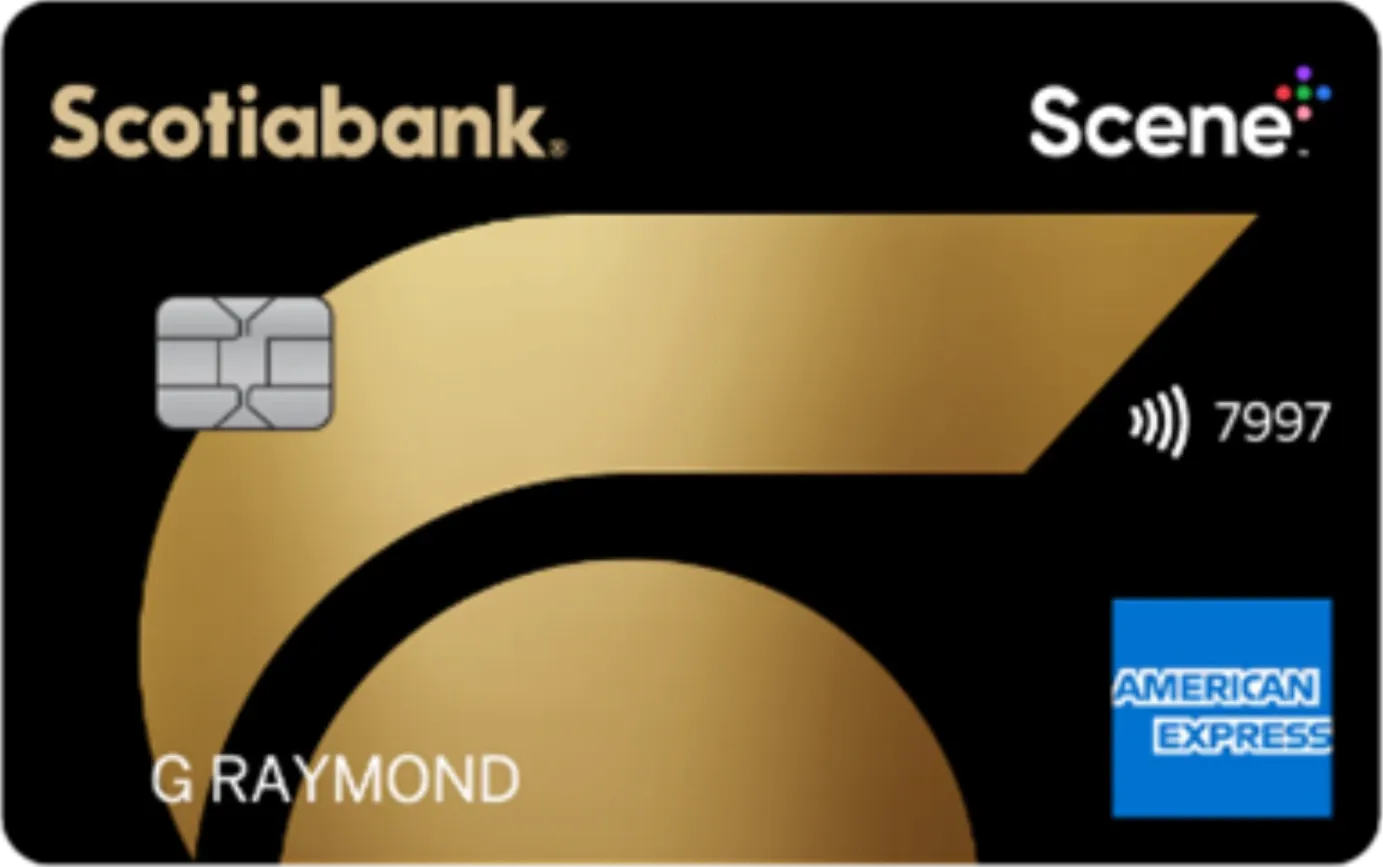
Scotiabank Gold American Express® Card
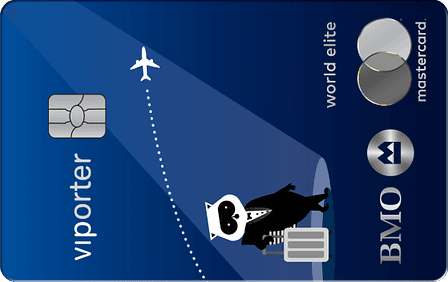
BMO VIPorter World Elite Mastercard®∗
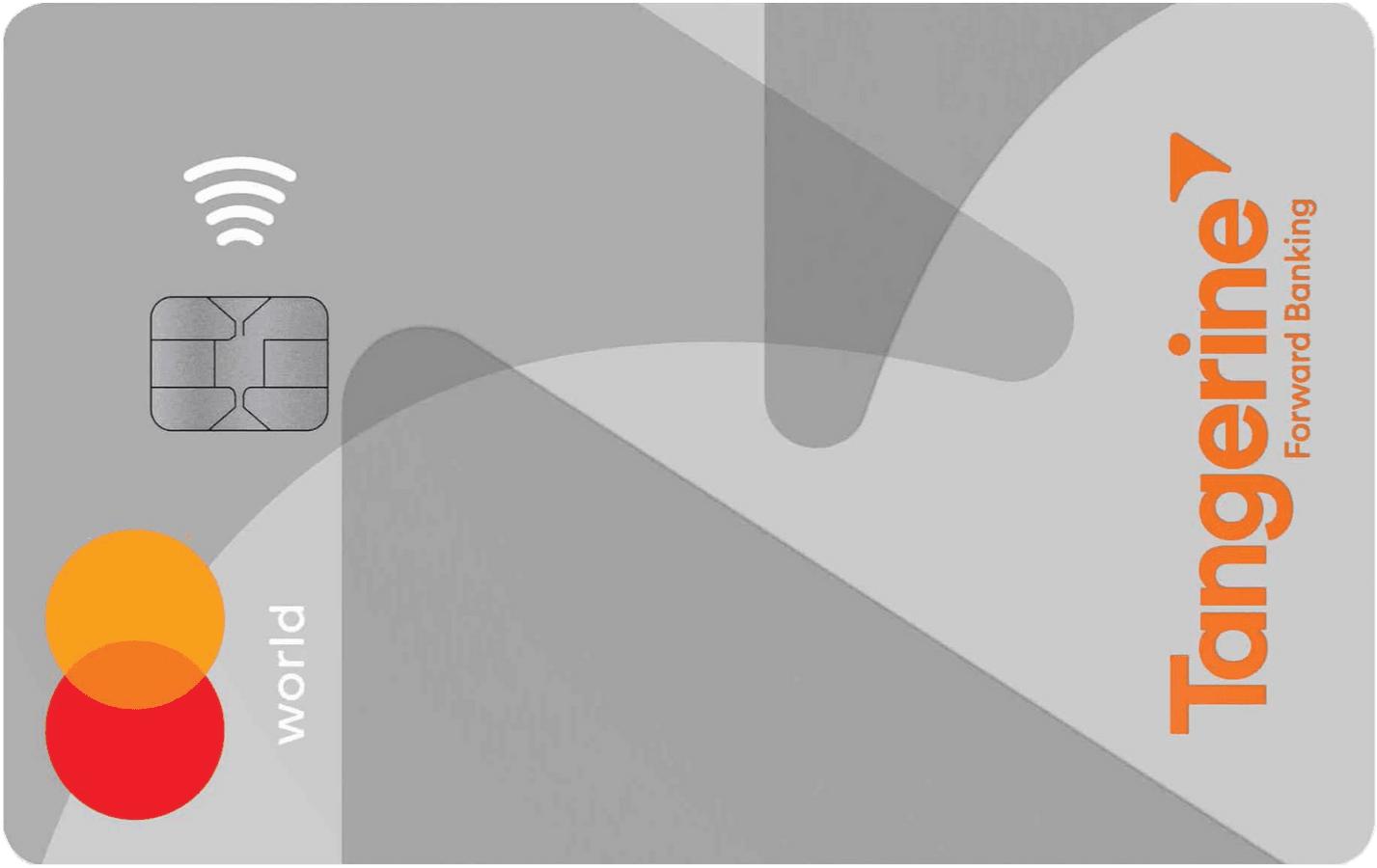
Tangerine World Mastercard
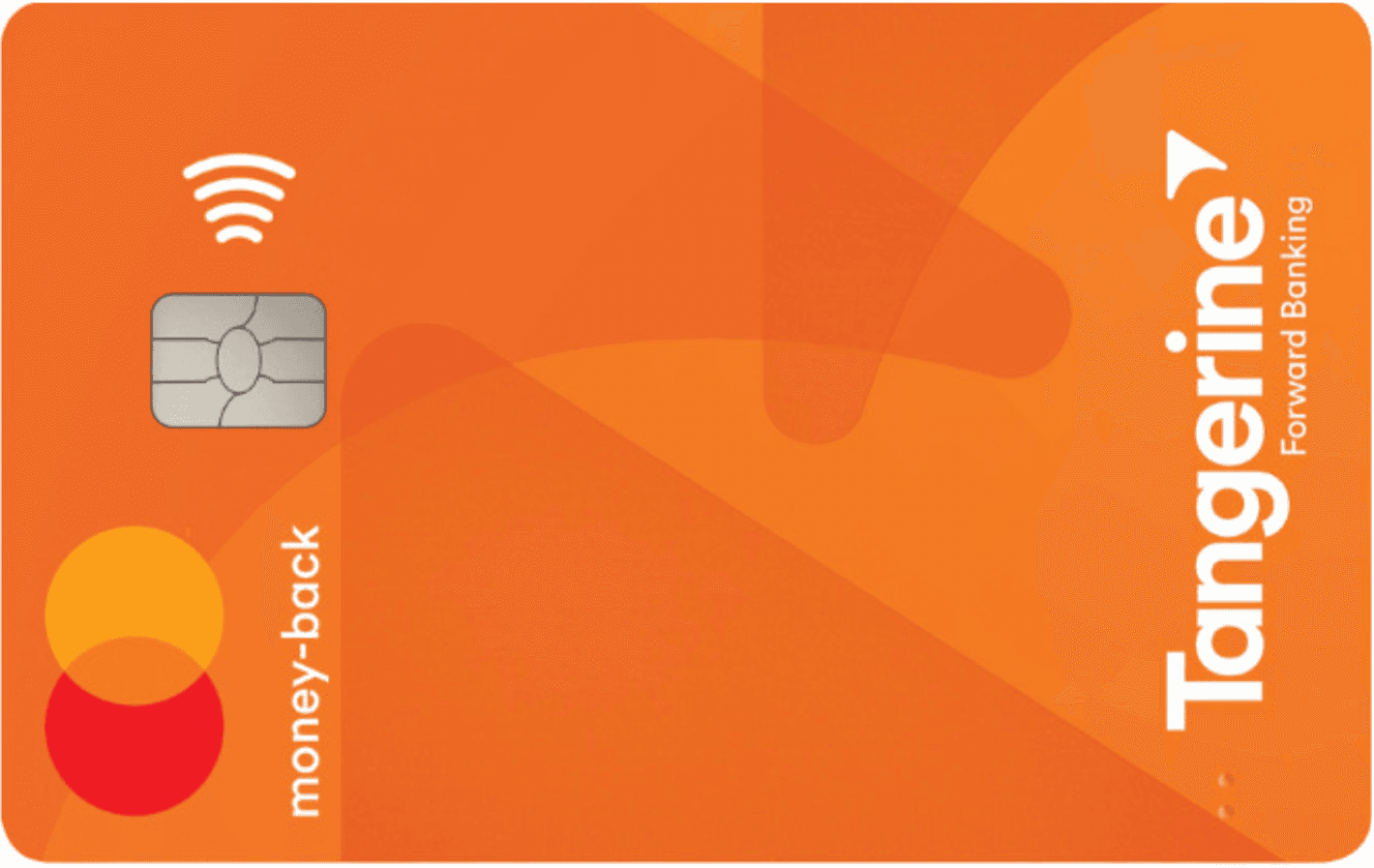
Tangerine Money-Back Credit Card
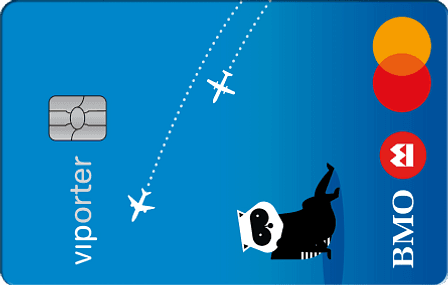
BMO VIPorter Mastercard®∗
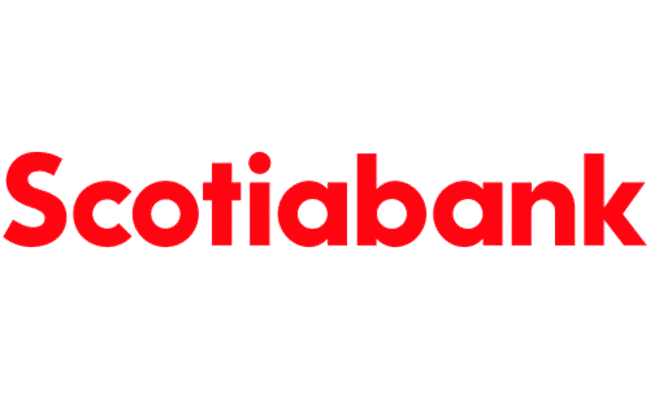
Scotiabank Preferred Package Chequing for Student and Youths